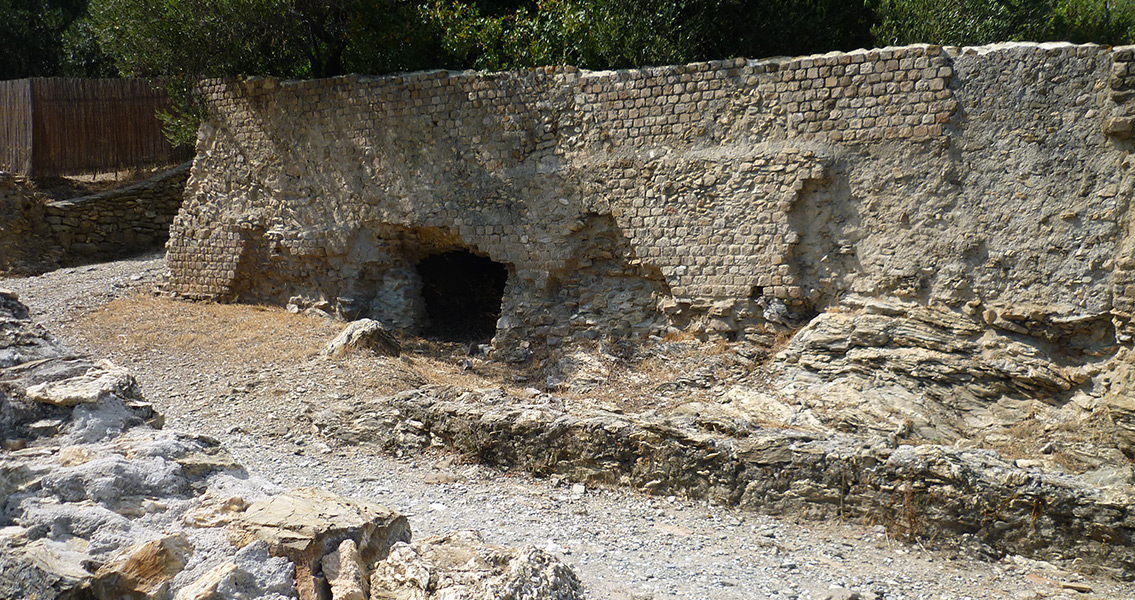<![CDATA[The way a community buries a person is often reflective of how they saw that person in life. It’s for this reason experts use burial customs to gain insight into how ancient civilizations and their communities functioned. So when archaeologists in Italy discovered the remains of a Medieval teenage girl, burnt and buried in a pit that had been hastily covered with nothing but heavy stone slabs, they were able to determine the girl had been perceived as some sort of threat. She has been dubbed the second “witch girl” to be found in this area. The skeleton of the teenager was unearthed at the San Calocera complex in Albenga (on the Ligurian Riviera) by a team of researchers led by Phillippe Pergola, a scientific director and professor of topography at the Orbis Christianus Antiquus at the Pontifical Institute of Archaeology at the Vatican. The girl, who stood just 4’-9” tall was between 15 and 17 years old when she died. She was burnt in a different location and then brought to the San Calocero site and quickly buried with just the heavy stones thrown on the grave. It’s unclear from the remains if the teenager was alive or not when she was burnt. Until radiocarbon testing is complete researchers can only say the burial occurred sometime between the 9th and 15th century. In September 2014, the team unearthed the skeleton of the first “witch girl”, a female in her early teens who had been buried face-down. It was later determined by experts the girl was suffering from scurvy, (an illness caused by a lack of vitamin C in the diet) the symptoms, a sickly pallor, hematomas and fainting, were likely the reason she was deemed a witch. Burial methods that deviate from the societal norms of the times typically signify that the community feared the person even after death, and in some cases extreme measures were taken to ensure the dead were not able to rise from their grave. In addition to heavy rocks being laid over the grave or the corpse being buried facedown, there have been instances of corpses found buried with a brick placed in their mouth (this ties to the ancient belief that the soul escaped the body after death through the mouth), bones nailed or staked to the ground, even dismemberment and disembowelment. A misunderstood disease – with practically identical symptoms - appears to have been a factor for this second girl as well. Preliminary analysis has revealed areas of porous “spongy” bone tissue (porotic hyperostosis) on the orbits and the skull; the result of severe iron deficiency anemia. The “witch girl” presented other symptoms as well which pointed to malnutrition. According to scientists, it’s unlikely that the girls are related. Radiocarbon testing which has been completed on the first girl indicates her death occurred between the first half of the 15th century and the beginning of the 16th century. The second girl appears older. Researchers will focus on this specific analysis at the end of the digging campaign, and if radiocarbon dating does show the two girls lived in the same time period, a DNA comparison will be made. Excavation at the Calocera complex is being funded by two private foundations; the Fondazione bancaria De Mari of Savona and the Fondazione Nino Lamboglia of Rome, and will start again in 2016. Image courtesy of Wikimedia Commons user: Broenberr ]]>
Second “Witch Girl” Discovered Burnt and Buried
